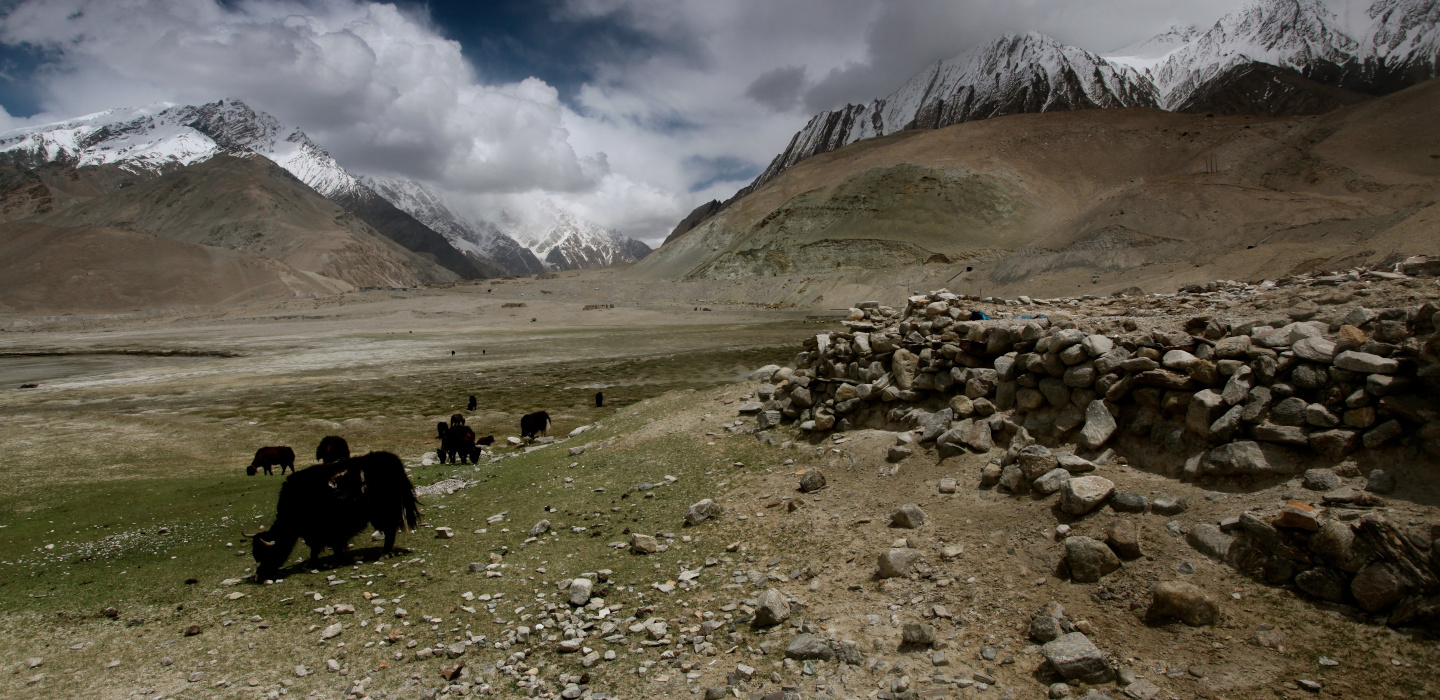The 14th Five-Year Plan: An opportunity to advance China’s agricultural and rural transformation
IFAD Asset Request Portlet
ناشر الأصول
The 14th Five-Year Plan: An opportunity to advance China’s agricultural and rural transformation
المقدر للقراءة دقيقة 7
The discussions surrounding China’s 14th Five-Year Plan (2021–2025), which will be held next week during the Fifth Plenary Session of the 19th Central Committee of the Communist Party of China, offer a unique opportunity for China to update its development model to new contexts. They also offer an opportunity for China to advance its agricultural and rural transformation agenda for the 2021–2025 period and beyond.
Agriculture was vital for past growth
Agriculture has been a significant driver of China’s economic growth and poverty reduction over the past four decades. Investments in agriculture, in fact, drove productivity enhancement – which in turn led to widespread agricultural commercialization and the development of business opportunities across the agri-food industry.
Agriculture is, however, becoming less and less competitive. The costs of domestic production are rising due to increasing labour and land costs, and domestic prices for staple produce are in many cases exceeding those in the international market. Profits are dropping, yet government spending on agriculture has grown.
Moreover, despite the profound transformation in the agriculture sector over the past 40 years, China’s agricultural production still extensively relies on the participation of small-scale farmers. The increasing costs of production and the lack of sufficient scale to be competitive, however, render this small-scale model not viable – and certainly not sustainable in the long term.
Rural areas offer fewer employment opportunities, are emptying, and are increasingly degraded
Despite massive migration to urban areas over the past decades, a large share of the population still lives in rural areas. Rural areas, however, do not offer sufficient employment opportunities to retain an active labour force. This induces people (particularly youth) to migrate, leaving rural areas populated largely by the elderly, some middle-generation women, children, and sick and disabled people – thus creating a new category of “vulnerable” people.
Vulnerable people are at risk of falling into poverty when faced with a shock. The COVID-19 pandemic, for example, has been especially hard on these groups, as they have limited access to medical and social services along with limited capacity to cope economically with the consequences of an outbreak.
On top of all this, pollution and natural resource depletion are now emerging as legacies of the previous growth models: about one-fifth of land in China has been polluted; 40 per cent of its land area has been degraded; and overuse of water resources has depleted water tables.
Recommendations for 2021–2025 and beyond
Against this backdrop, I would like to offer a few suggestions for how the 14th Five-Year Plan could contribute to advancing an agricultural and rural transformation agenda in the country in the coming years.
China should invest in rural areas to create attractive employment and investment opportunities.
Investments such as these would contribute to retaining the current population of urban areas or encouraging those who migrated to return, which in turn could rebalance the existing disparity between rural and urban areas. This is in line with the underlying principles of the recently coined “rural revitalization” strategy.
Rural development strategies should focus on income-generating opportunities outside the agriculture sector, while taking advantage of the opportunities generated by a modernizing agriculture sector.
The percentage of rural households’ income derived from agriculture-related activities has been declining over time. Additionally, there is limited scope for agriculture to absorb labour surplus in rural areas. Focus should be placed instead on creating additional and diversified income-generating opportunities outside the agriculture sector – for instance, in the service, tourism, logistics, transport, construction and digital economy sectors.
At the same time, the expansion of the service industries linked to agriculture (for instance, agro-processing and food services) has the potential to attract investors and generate new employment opportunities that could retain people in rural areas. The application of digital technologies and other innovations to the agriculture sector can also help increase agricultural productivity. Both opportunities should be leveraged.
Agricultural development strategies should carefully manage the transition from small-scale agriculture.
It is likely that the full transition from small-scale to large-scale and mechanized agriculture will take some time. Meanwhile, the rising demand for high-value agricultural products from an expanding urban middle class, the rapid transformation of agri-food value chains, and the spread of technological innovations open up opportunities for small-scale farmers, as high-value products are more labour-intensive to produce and generate a higher return per hectare.
In this context, China should pursue a dual strategy: integrating small-scale farmers into modern agriculture while encouraging the release of some labour currently engaged in small-scale farming. The former entails helping small-scale farmers improve their capacity to produce at the required quality standards and to access high-value and remunerative markets. The latter will allow workers to access more productive and remunerative activities outside the agriculture sector.
China should “green” its agriculture sector and promote sustainable agriculture more widely.
Sustainable agricultural practices – such as the adoption of technologies that generate less pollution and utilize land and water resources more sustainably, the use of crop varieties that are more resilient to effects of climate change, or the use of more efficient infrastructure – have proven effective in reducing the impact of agriculture on natural resources and improving the quality and safety of agricultural products. Practices such as these should thus be promoted more widely. The application of digital technologies to the agriculture sector can further contribute to a more efficient and less pollutant use of resources.
IFAD remains committed to support the Government of China in advancing agricultural modernization and rural revitalization in the coming years.
Learn more about IFAD’s work in China.
تاريخ النشر: 22 أكتوبر 2020